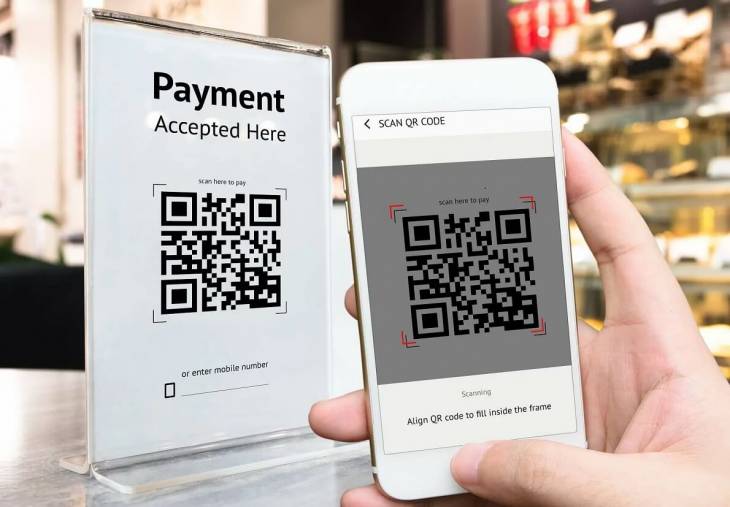Evidence suggests that iOS 14 will likely introduce a Wallet feature allowing users to complete in-store purchases via QR codes aside from NFC.
A mechanism called “optical coupling” could become an alternative to the currently dominant use of near-field communication (NFC) in scenarios where a user is buying from physical retailers. To leverage the latter method, a person needs to bring their iOS device close to a payment terminal to verify a transaction through Apple Pay as if they were using a credit card. With the upcoming release of iOS 14 this fall, though, the technique might turn into a choice rather than a must. In July, researchers found that the second beta of the mobile platform came with a feature called “Code Payment”. Its purpose is to enable purchases with QR codes. By screening some type of a barcode with the iPhone’s camera in a store, a user will authorize the Wallet app to process the payment via Apple Pay servers.

Apple appears to have been considering the adoption of this technology for quite some time. This theory is confirmed by a United States patent the company registered in 2016. Called “Effecting payments using optical coupling”, the document describes a system relying on optical codes. When decoded by a device, this graphical data triggers an anonymous transaction handled by a “network-based clearinghouse”. Essentially, this approach doesn’t involve a direct exchange of sensitive customer information between an iOS device and a retailer’s billing system.
Once a QR code is scanned, a device uses a built-in application to interpret the info and fetch a unique claim number. This string is automatically sent to a server that cross-references it with the seller’s purchase orders tracked by the same clearinghouse infrastructure. Then, the iOS device receives another code uniquely identifying the order. The next stage involves a screen that asks the customer to verify the transaction. If the permission is granted, the corresponding data goes back to the clearinghouse, which notifies the seller that the invoice has been paid.
The Cupertino company elaborates on the fundamental benefit of applying this method. Unlike NFC and Bluetooth, it doesn’t broadcast the details of the purchase transaction. Plus, it doesn’t reveal the customer’s identity to a merchant’s system while only confirming that goods have been paid for. In other words, the game-changing characteristic of this mechanism comes down to a higher degree of anonymization when using Apple Pay for in-store purchases.
In the above-mentioned patent, Apple mostly focuses on the use of the QR code logic for buying prescription drugs in pharmacies. This way, the prescribing doctor’s details aren’t disclosed. The approach also allows for monitoring the number and frequency of refills for a particular subscription. Whereas the healthcare implications of this technology are the most prominently expressed in the document, some provisions cover more overarching uses for completing secure transactions. The official launch of iOS 14 will probably dot the i’s and cross the t’s in this context.
